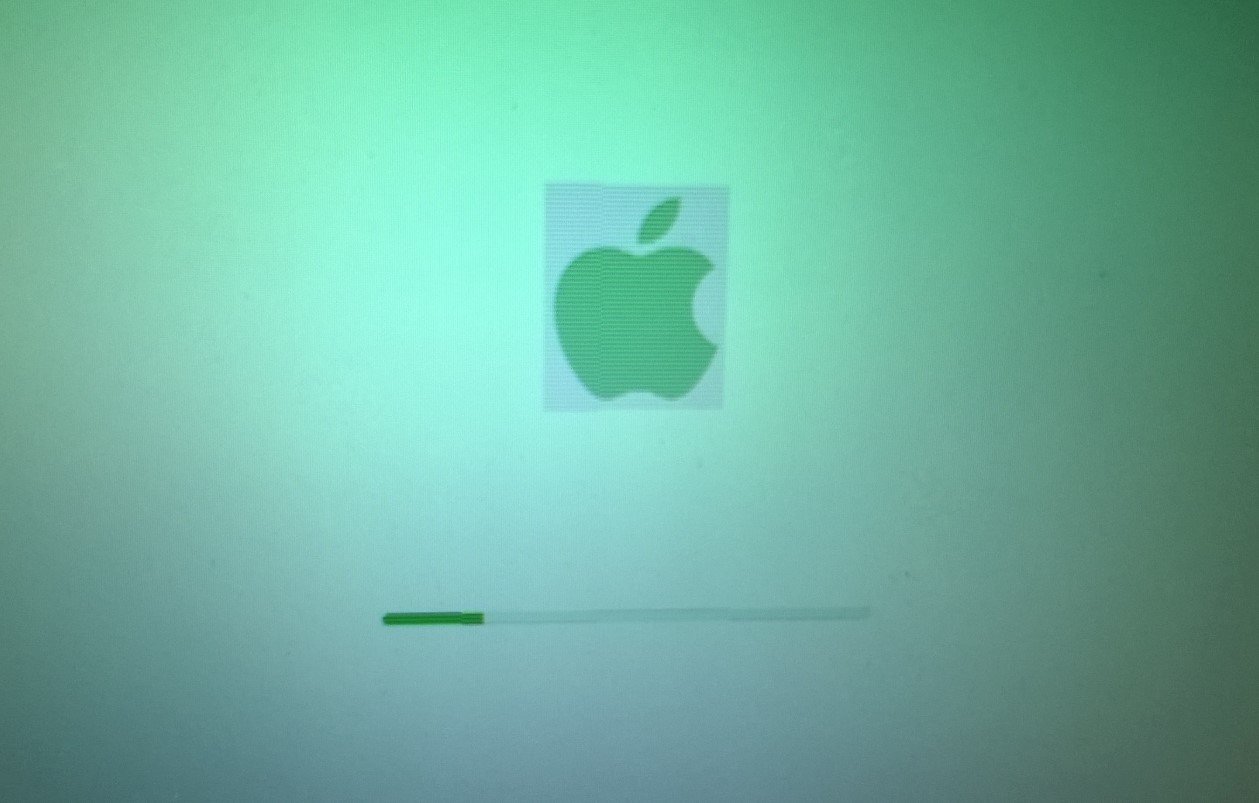News
Could a $10K XRP Bet Really Become $1 Million by 2035?
Ripple’s XRP is once again making noise, and the question on investors’ minds is getting louder: Can a $10,000 investment in XRP really stretch to $1 million by 2035? With the coin up 5.06% today and a growing pile of financial integrations backing its use, some believe a 100x leap might not be as far-fetched as it seems. But reality — as always — is a bit more complicated.
XRP’s Real-World Utility Could Drive Long-Term Gains
The main thing XRP has going for it? Actual usage.
Forget about pure hype cycles for a moment. XRP isn’t just another coin chasing meme momentum. Its appeal lies in moving money across borders faster and cheaper than traditional systems. That’s not speculative fluff — that’s a real business case. More than 400 financial institutions are already plugged into Ripple’s On-Demand Liquidity system, which drastically cuts costs and time for cross-border transactions.
Even better, that ecosystem is expanding. Ripple’s latest initiatives are aimed squarely at making XRP indispensable — not optional — for a wide range of financial functions.
And XRP’s utility doesn’t stop there.
Why That 10X Return Still Feels Within Reach
A 10X return by 2035 would mean XRP climbs from its current $2.20 to around $22. That would require a compound annual growth rate (CAGR) of about 26%. Tricky? Yes. Impossible? Not quite.
Let’s break this down into three key moves Ripple is making that actually support this:
Ethereum compatibility: Ripple is launching a sidechain that works with Ethereum’s smart contracts. That means developers don’t have to rewrite code to build on XRP’s faster, cheaper chain.
Buying Hidden Road for $1.2 billion: This lets XRP offer institutional-grade services like trade financing, credit, and custody, all under one roof.
Real-World Asset (RWA) tokenization: XRP now hosts $160 million in tokenized real-world assets. That’s up 37% in a month. And analysts say the entire RWA market could balloon to $16 trillion by 2030.
Even more importantly, XRP recently got some breathing room on the regulatory front. The SEC settled its long-running lawsuit against Ripple, reducing its fine and essentially clearing the runway for XRP to be relisted on major U.S. exchanges.
Here’s Where the Dream Hits a Speed Bump
Let’s be real — going from $10K to $1 million is a completely different beast. That’s a 100x leap.
You’d need XRP to pull off a CAGR of 58% for 10 straight years. That’s bonkers. Even the early days of Bitcoin barely managed that kind of sustained growth, and XRP isn’t in its infancy anymore. It’s already a known player, with a $130 billion market cap.
Crypto loves to surprise, but gravity kicks in eventually.
Plus, that kind of exponential growth assumes consistently high global liquidity. The kind we had during the pandemic? Not likely to repeat every year for the next decade.
A Table That Tells the Story
Let’s look at the math behind these scenarios. Here’s how your $10,000 would grow based on different CAGR levels by 2035:
| CAGR | 2035 Value | Return Multiple |
|---|---|---|
| 10% | $25,937 | 2.6x |
| 20% | $61,917 | 6.2x |
| 26% | $100,000 | 10x |
| 35% | $210,322 | 21x |
| 58% | $1,000,000 | 100x |
And yet, XRP is still interesting — maybe even exciting.
Where XRP Could Still Surprise Investors
Even if a 100x gain is unlikely, XRP has enough going on to justify long-term interest.
There’s a fundamental shift happening in finance. Ripple is quietly building infrastructure that could become standard plumbing for international money movement. If its Ethereum-compatible sidechain gains traction, and if RWAs keep booming, XRP could become a key piece of that future.
Also worth noting: XRP’s inclusion in the U.S. government’s planned Digital Asset Stockpile. While mostly symbolic for now, it signals a level of trust and strategic importance that few coins get.
There’s a chance XRP becomes boring — and that might be the best-case scenario.
Dollar-Cost Averaging May Be the Smart Play
Chasing massive returns usually ends in disappointment. But building exposure slowly over time? That works better.
Dollar-cost averaging — buying a set amount at regular intervals — helps cushion against crypto’s violent price swings. If XRP’s utility story plays out and the broader market remains open to blockchain solutions, steady buyers could end up doing quite well.















